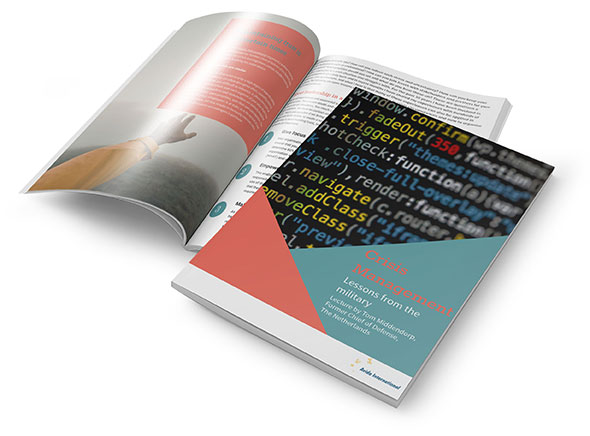Much has been written in both the financial press and general newspapers about the fall-out from the previous government’s mini-budget. Some of it is accurate, but unfortunately much of it relies on sensationalism and a fundamental misunderstanding of the actual impact on the financial health of pension funds.
Markets have since calmed down and interest rates are back to where they were before the mini budget, but much damage has already been done. Not just damage to the UK’s standing in the world and perceived creditworthiness, but also at the micro-level to LDI funds and the way pension funds think about hedging their interest risk.
A lot of questions have been asked of pension funds following the turmoil:
- How could this have happened?
- Why was the market not better prepared?
- Have investment advisers been sufficiently transparent to their pension fund clients about the risks involved in (leveraged) LDI products?
- Has the regulator done enough to push pension funds’ Trustee Boards into acquiring a better understanding of the plumbing of their outsourced investment management?
In essence there is nothing wrong with the way pension funds have used leveraged LDI products to manage their interest rate (and inflation) risk. In fact, in the last couple of decades they have helped cushion the negative impact of falling long term rates on pension funds’ funding ratios. Interest rate risk is a largely unrewarded risk for price takers.
Where things get tricky with leveraged products like LDI funds is when markets fluctuate wildly. The derivative products that create such leverage (repos, swaps etc.) lead to mark-to-market exposure between the users and suppliers of those trades. Past scandals where these mark-to-market exposures were left unmanaged (Metalgesellschaft, Enron, Orange County, Volkswagen to name but a few) have taught market participants the importance of posting cash collateral to mitigate counterparty exposure. But large amounts of cash collateral are needed when 30-year Gilts swing as wildly as they did on the Monday following the mini-budget.
There have been many complicated questions which have been highlighted to pension funds. These include:
- What kind of collateral do the ISDA agreements between the parties involved in the derivative trades underlying the LDI funds accept?
- How much time do they allow between calculation of the exposure and posting? What haircut is allowed when posting permissible alternatives to cash?
- How quickly can we raise cash by selling out of securities and funds? When do those sales settle?
- How illiquid do those securities get when everyone wants to do the same at the same time?
- Can lines of credit with banks or the sponsoring employer be used when they are also faced with liquidity issues?
All of these questions suddenly need an answer. On the Monday answers were required within hours and minutes, not the usual months or quarters at which pension funds normally operate. And even if all of the operational aspects of collateral management are outsourced, decision making is sometimes not fully delegated. Or the operations are delegated to two or more external providers requiring dialogue and action under high pressure as many hundreds of clients need the same service at the same time.
The sheer complexity of the investment operations behind the scenes is well beyond the average pension fund’s Trustee Board expertise. Unfortunately, it also seems to be beyond the average investment or actuarial consultant’s capabilities.
So, who can the pension fund rely on to ask the right questions, to come up with the right stress scenarios, to judge what allocation to alternative investments is right for them? In other words, who can they rely on for honest and independent advice on how to hold their external providers responsible for their decisions and/or advice? The natural choice in these circumstances is to ask one’s fiduciary manager or investment consultant but beware the danger of receiving self-serving advice. A better alternative is to turn to an expert independent risk management firm.
To larger pension funds, employing your own in-house risk management function sounds tempting, but is a full-time resource really needed? And what about the key person risk of a single resource? And the cost? Sharing a resource with a friendly fellow pension fund is also a possibility that could be considered, although one needs to be careful not to overcomplicate things.
Whichever solution the pension fund will go for, it is clear that the current model is not satisfactory for all. For members of the pension fund, it is often better to focus less on efficiency and more on resilience, such that when the inevitable next crisis roars its head, the organisation has the reserve to effectively deal with the aftermath.



